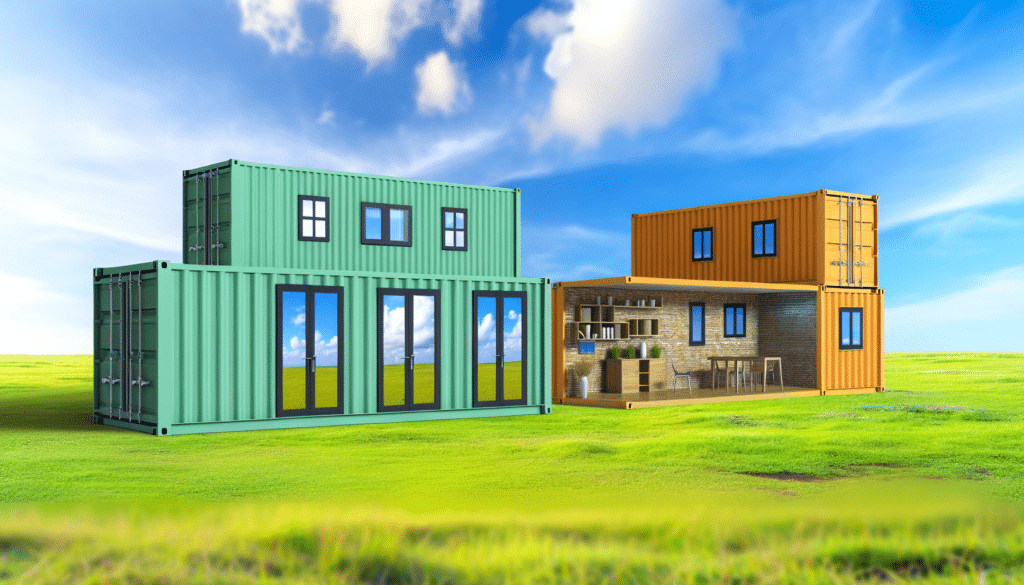Design and Layout Considerations
When planning a container home, design and layout are crucial elements that require thoughtful consideration. Shipping containers have a long and narrow structure, which can be challenging for designing traditional living spaces. To create a functional and aesthetically pleasing home, it is essential to creatively utilize space, often through innovative architectural techniques. For example, incorporating large windows can introduce ample natural light and give a more open feel to the compact areas. Additionally, using strategic partitioning can help define spaces without sacrificing openness. The exterior aesthetics can also be tailored through the use of various cladding materials and landscaping, ensuring the container home blends seamlessly with its surroundings, whether in urban or rural locales.
Construction Process and Challenges
The construction of container homes involves several steps, starting from acquiring the containers to retrofitting them for residential use. First, selecting the type of shipping container is vital—the most common sizes are 20 and 40 feet long, offering different spatial opportunities. Once acquired, the containers must be cleaned and insulated as per the climate requirements. Insulation is a critical step, as the metal structure can be prone to temperature fluctuations and condensation. Common insulation methods include spray foam, blanket, and rigid board. Structural changes such as cutting windows, doors, and installing utility systems (plumbing, electrical, and HVAC) are necessary and can incur significant costs if not planned carefully. Partnering with architects and builders experienced in container conversions can mitigate many challenges and ensure structural integrity and comfort.
Legal and Regulatory Aspects
Before embarking on a container home project, understanding the legal and regulatory framework is essential to ensure compliance with local zoning laws and building codes. Regulations can vary significantly depending on the location, with some areas having more stringent requirements than others. Factors such as land use, building permits, and code compliance need to be researched thoroughly. Additionally, some regions may have specific restrictions related to container homes, including aesthetic regulations or limitations on structural modifications. Engaging with local authorities and professionals experienced in the jurisdiction can help navigate these complexities, streamlining the approval process and preventing future legal complications.
Benefits and Environmental Impact
One of the primary motivations behind opting for container homes is their low environmental impact. By repurposing decommissioned shipping containers, significant amounts of steel are recycled, reducing the need for new construction materials. This recycling process not only minimizes waste but also conserves resources, making container homes an eco-friendly choice. Moreover, container homes have the potential for energy efficiency when equipped with modern insulation and renewable energy systems, such as solar panels. The ability to relocate with ease also adds to their environmental appeal, as they cause minimal disturbance to the land and ecosystem. These factors contribute to a growing trend of container living, appealing to environmentally conscious individuals seeking a sustainable living environment.

